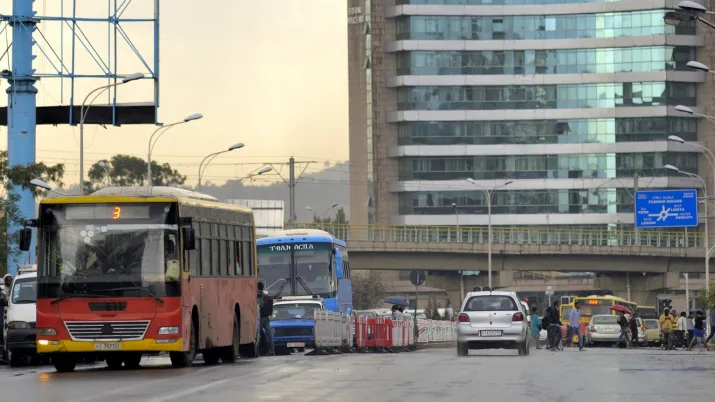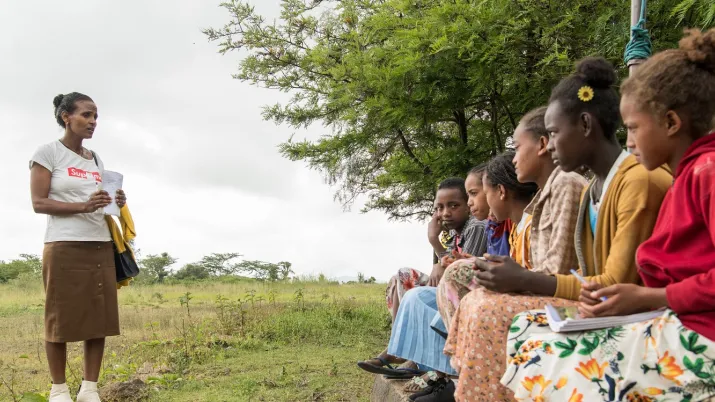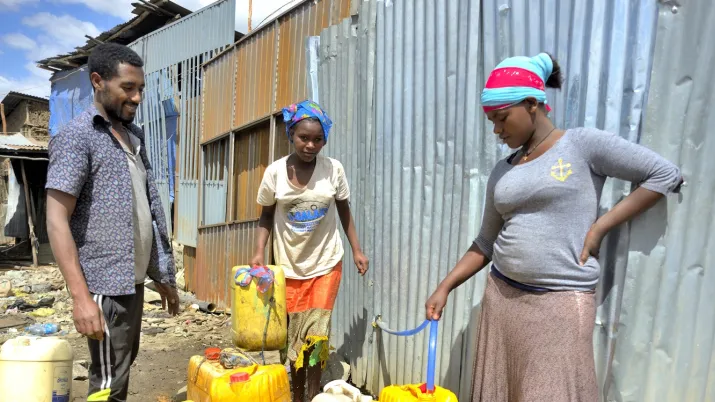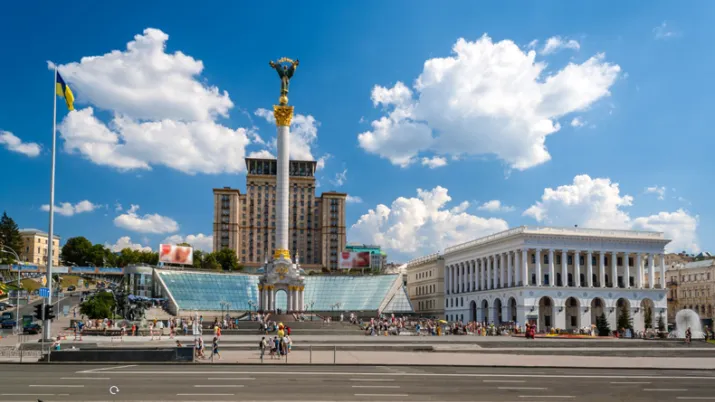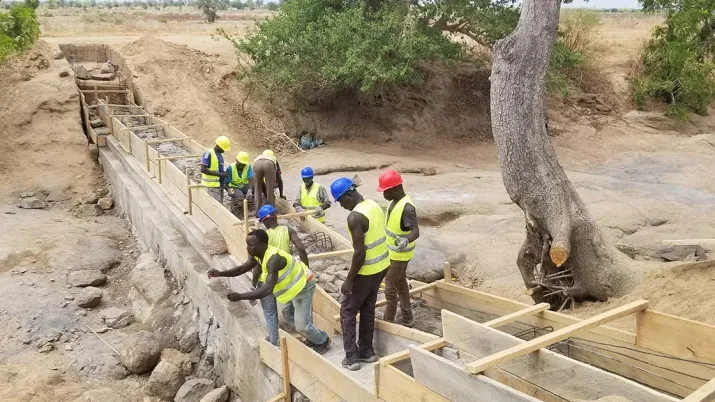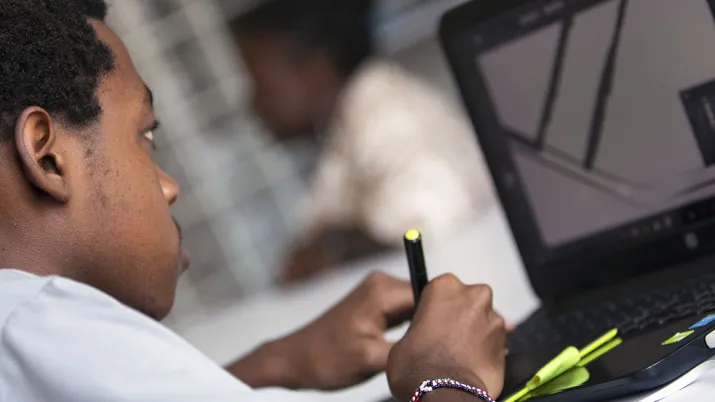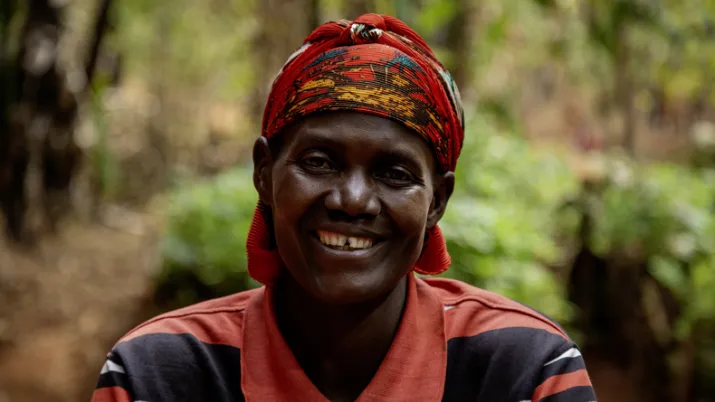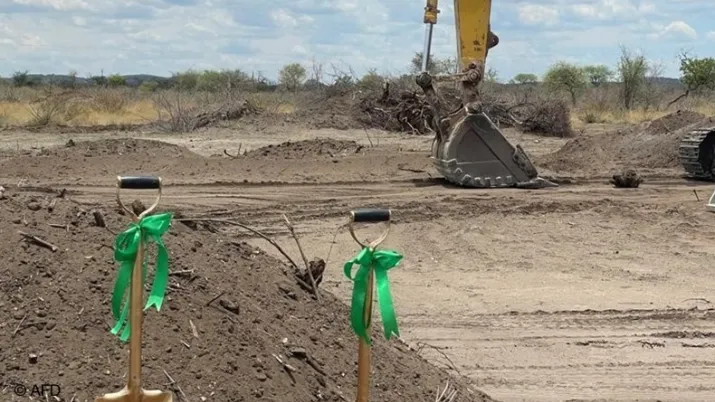Share the page
ETHIOPIA: Construction and sustainability preparations for the Bus Rapid Transit (BRT) line 2 in Addis Ababa
Project
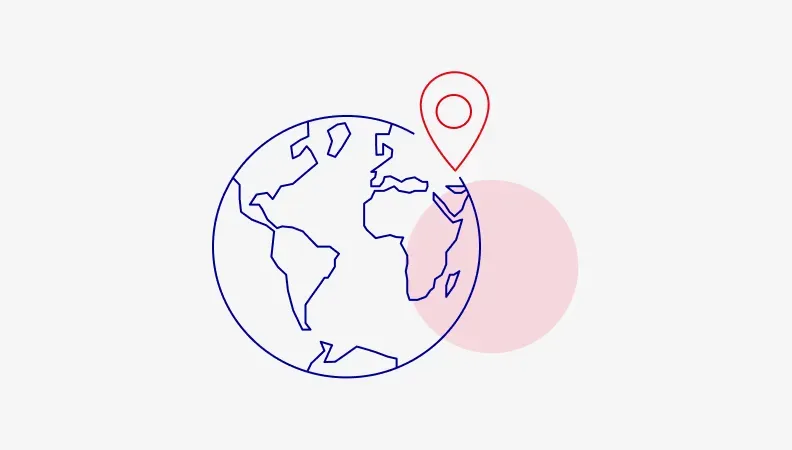

-
Project start date
-
Status
Ongoing
-
Project end date
-
-
Project duration
-
25 years
-
AFD financing amount
-
€ 87 000 000
-
Location
-
Addis Abada, Ethiopia
-
Beneficiaries
-
Federal Democratic Republic of Ethiopia, Ministry of Finance
-
Type of beneficiary
-
State
The goal of this project is to develop the first high-capacity Bus Rapid Transit (BRT) corridor, which will form one of the backbone of the future mass-transit network of Ethiopia’s capital city. The overall objective is to improve living conditions through urban growth and renewal.
Context
Although Ethiopia is largely rural, 30% of its 94 million inhabitants were living in cities by 2020. The capital city, Addis Ababa, population is estimated to be 5 million in 2024, and local authorities predict that it will grow to 13 million by 2035.
A major challenge is the inadequacy of public transport services, with shortage of supply and long queues of passengers waiting for their buses at peak hours. The municipality currently operates 1500 buses and more than a 100 routes through its public operator, Addis Ababa City Bus Enterprise (AACBE), which resulted from the recent merger of two former municipal operators, Sheger and Anbessa.
The introduction of a Light Rail Transit (LRT) line in 2015 with poor operating performances did not solve the city’s mobility issues. The municipality has therefore made it a priority to develop its mass-transit network and improve the management of public transport services.
Description
The project entails:
- The construction of (i) a 15.3 km dedicated “3rd Generation” high capacity BRT corridor from Piasa in the city-center to Jemo further south, including 20 universally accessible stations; and a bus depot equipped with maintenance facilities and the BRT operations control center.
- The development of 12 BRT trunk and direct services using the BRT corridor and covering a total road network of 80 km, for wider city coverage and higher ridership; and requiring a fleet of more than 300 buses (mix of 12 and 18-meters long vehicles).
- The deployment of Intelligent Transportation Systems (ITS), such as automated fare collection, passenger information, bus tracking, CCTV in stations and on buses, etc. All of this for a high level of service and rapid operations.
Impacts
The project aims to:
- Improve quality of life for Addis Ababa people of by developing a reliable, safe and affordable transport system.
- Improve air quality and reduce carbon emissions in Addis Ababa through a newer and less polluting bus fleet.
- Reach financial sustainability of BRT operations with limited operational subsidies, through high ridership.
- Improve non-motorized transport (NMT) facilities (sidewalks, cycle lanes, green areas) along the BRT corridor, for better share of public space and coexistence of different modes of transport.
- Facilitate greater social inclusion through accessibility for all to Addis Ababa's health, education and job opportunities.



